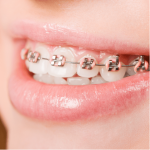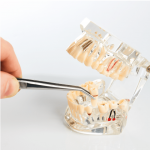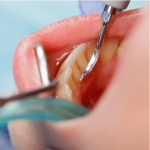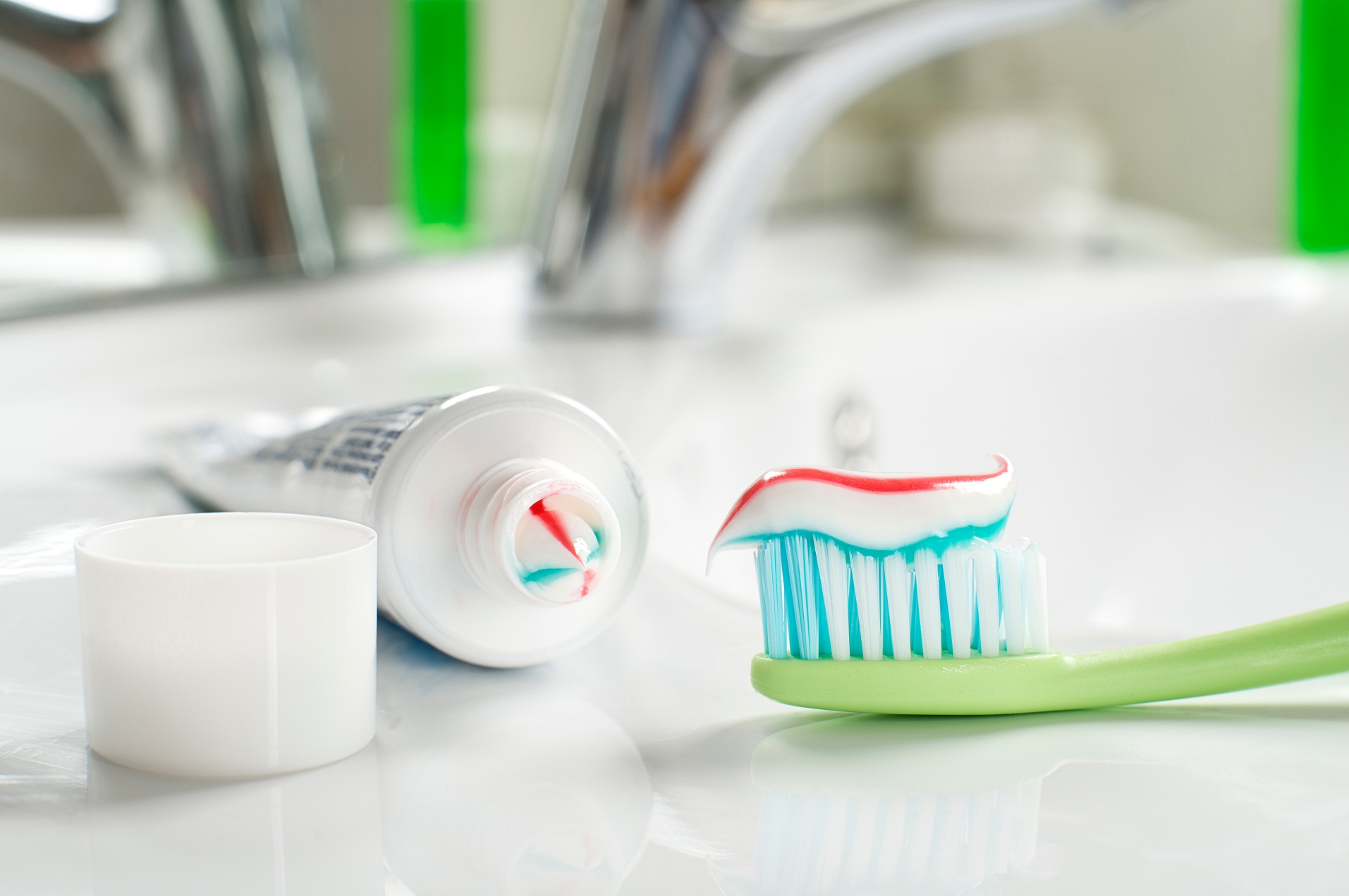
Fluoride in Toothpaste
There are numerous naturally occurring minerals that have a positive effect on your body. Calcium keeps your bones strong, iron delivers oxygen to your blood cells and zinc helps your immune system function properly. Another mineral that protects your body is fluoride. Found in soil and rocks, fluoride is often added to toothpaste to improve its benefit to the health of your teeth. In recent decades, fluoride in toothpaste has played a big role in reducing cavities and improving people’s overall health around the world.
What Fluoride Does
Fluoride helps your tooth enamel in two ways: When a person’s teeth are still beginning to emerge, this ingredient develops the enamel so that it becomes as hard as it needs to be to resist cavities and decay. After the teeth have appeared in the mouth, fluoride in toothpaste, mouthwash and even tap water helps the enamel remain strong so that it can resist the acid produced by oral bacteria when you eat sugary foods. Fluoride also has a remineralising effect on the teeth, by which it helps rebuild worn-down or weakened enamel before it disappears.
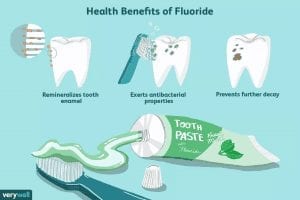
Why It’s In Toothpaste
There are several ways a person can get fluoride into his or her body. One way is by drinking water that contains fluoride. Much of the public water supply in Malaysia is fluoridated, as the Malaysia Dental Association (MDA) notes, so many people can get fluoride just by using their tap. Another option, usually for people without access to fluoridated water or who have reasons not to drink it, is to take fluoride supplements or have a dentist or dental hygienist apply a fluoride varnish during a routine appointment.
Drinking fluoridated water can help protect the teeth from decay, but the amount of fluoride in water is not always sufficient for full protection. That’s one of the reasons fluoride is found in toothpaste. Another reason, suggests the MDA, is that putting fluoride in toothpaste has led to a major decrease in the number of cavities Malaysians have had since 1972. The World Health Organization (WHO) officially recommends and supports the use of fluoride toothpaste around the world, particularly in areas that don’t or are unable to fluoridate their water.

How To Choose A Toothpaste
Although there are certain products that do not contain fluoride, it’s still one of the most important ingredients to look for when choosing a toothpaste. Other features, such as flavour and texture – whether it’s a paste or gel – are really a matter of individual preference.
If you have special concerns, such as sensitive teeth, or have had trouble with gingivitis in the past, you might want to look for fluoride toothpaste that contains additional ingredients that cater to these issues, too: an enamel-building or tartar-control toothpaste are just two examples.
Using Fluoride Toothpaste
To get the most out of your toothpaste, you’ll want to use it as directed by your dentist. Typically, brushing your teeth at least twice a day is a staple of your routine. The amount you can use, however, depends on the age of the person brushing. Usually, no more than a pea-sized amount of toothpaste is recommended for kids between the ages of three and six, whereas an even tinier amount the size of a grain of rice is recommended for kids under three. For added protection, you can also swish with a mouthwash that contains fluoride after brushing.
Remember that brushing your teeth is just the first step to getting a healthy mouth. Minimising the number of cavity-causing foods you eat and seeing your dentist for checkups twice a year will both go a long way to making your teeth healthy and strong.


